Walking through a medieval village still surrounded by its original stone walls feels like stepping directly into a history book, except the cobblestones under your feet and the ancient stones you can touch make it far more real than any textbook ever could. These European villages have managed to preserve their defensive walls through centuries of wars, urban development, and the relentless march of progress that has erased similar fortifications elsewhere.
Here is a list of 18 European villages where medieval walls still stand guard over narrow streets and timeless architecture.
Rothenburg ob der Tauber, Germany
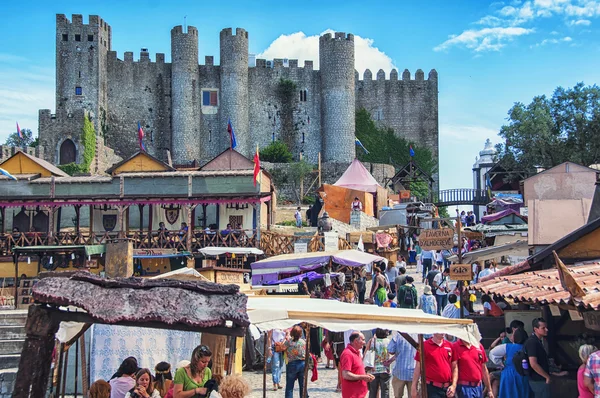
This Bavarian gem sits along the Romantic Road with nearly two miles of completely intact medieval walls dating back to the 14th century. You can walk along the top of the walls, giving you the same view that medieval guards once had while watching for approaching enemies.
The town looks exactly like what most people imagine when they think of a fairy-tale medieval village.
Óbidos, Portugal
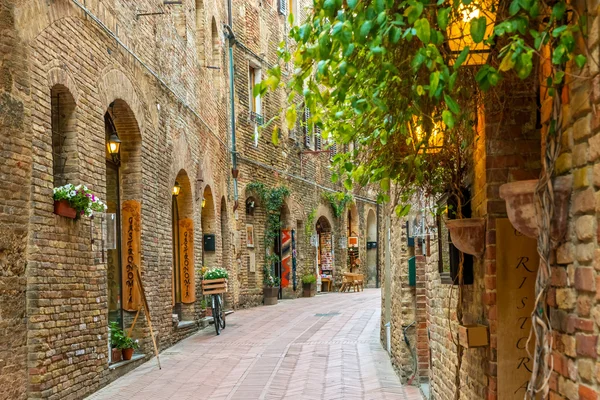
This hilltop village, located north of Lisbon, is surrounded by walls that the Moors built in the 8th century, which Portuguese kings later expanded. The main gate opens into a maze of whitewashed houses with blue and yellow trim, creating a stunning contrast against the ancient stone fortifications.
Walking the circuit of walls takes about 30 minutes and provides views over the surrounding countryside that medieval defenders would have scanned for threats.
Like Travel Pug’s content? Follow us on MSN.
San Gimignano, Italy
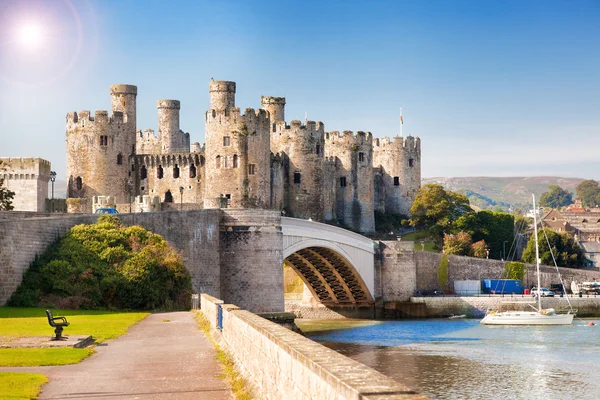
Famous for its medieval towers that earned it the nickname ‘Medieval Manhattan,’ this Tuscan hill town retains substantial portions of its 13th-century walls. The fortifications once enclosed a much larger area than the current village, showing how dramatically populations shifted during the plague years.
Fourteen towers still stand today, though the town once boasted over 70 of these stone skyscrapers built by competing wealthy families.
Conwy, Wales
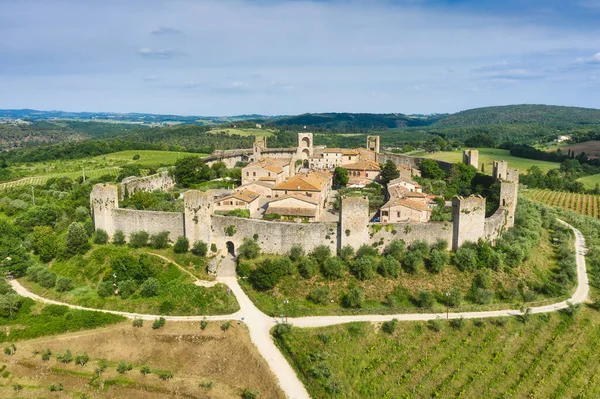
This North Wales village sits within some of the finest medieval fortifications in Europe, built by Edward I during his conquest of Wales in the 1280s. The walls stretch for three-quarters of a mile and include 21 towers and three original gateways that still channel traffic into the village center.
The castle and town walls together create one of the most complete medieval fortress complexes anywhere in Britain.
Monteriggioni, Italy
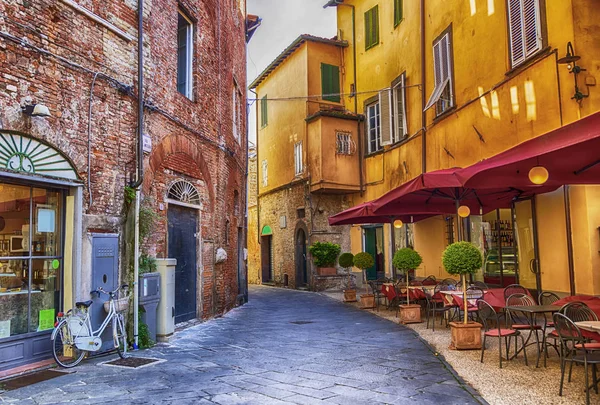
This tiny Tuscan village appears almost exactly as it did when Dante mentioned it in his Divine Comedy, with 14 towers crowning a circular wall. The entire village sits within the walls, creating an almost perfect example of a medieval fortified settlement.
You can walk the complete circuit of walls in just 15 minutes, making this one of the most intimate walled village experiences in Europe.
Like Travel Pug’s content? Follow us on MSN.
Lucca, Italy
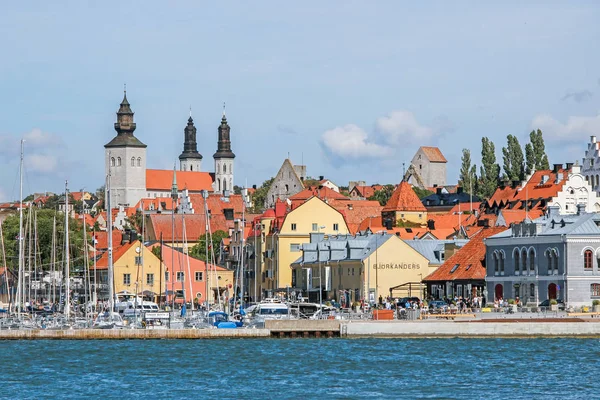
Unlike most medieval walls that served purely defensive purposes, Lucca’s 16th and 17th-century walls were designed as much for prestige as protection. The massive ramparts now serve as an elevated park where locals jog and cycle above the historic city center.
These walls replaced earlier medieval fortifications and represent some of the finest Renaissance military architecture in Italy.
Visby, Sweden
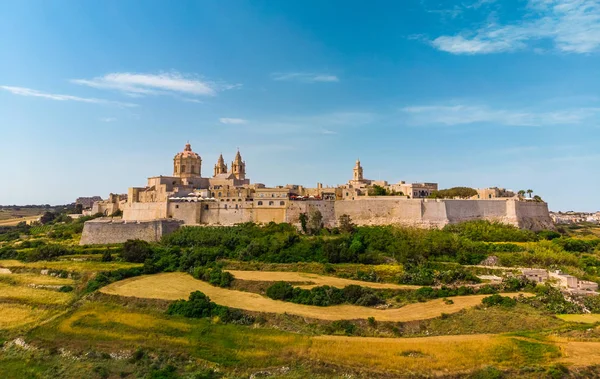
This Hanseatic League trading town on the island of Gotland preserves the most complete medieval walls in Scandinavia. The limestone fortifications stretch for over two miles and include 44 towers, creating an almost impregnable barrier that protected the town’s immense trading wealth.
Medieval Week, each August, transforms the entire walled village into a living history experience.
Mdina, Malta
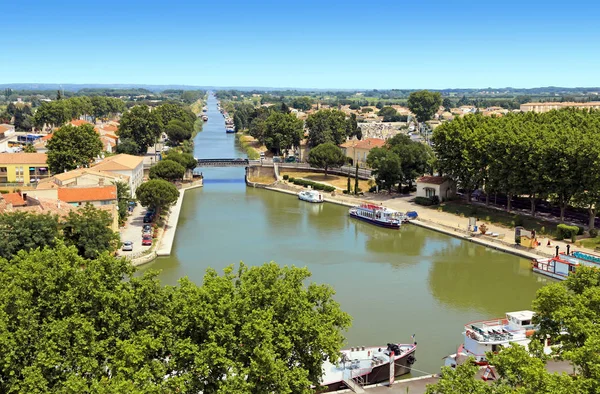
Known as the ‘Silent City,’ this former capital of Malta sits within walls that blend Arab, Norman, and later medieval construction. The fortifications crown a hill in the center of the island, providing commanding views that made the site naturally defensible for over 1,000 years.
The narrow streets barely accommodate modern cars, preserving the intimate medieval scale that larger cities have lost.
Like Travel Pug’s content? Follow us on MSN.
Aigues-Mortes, France
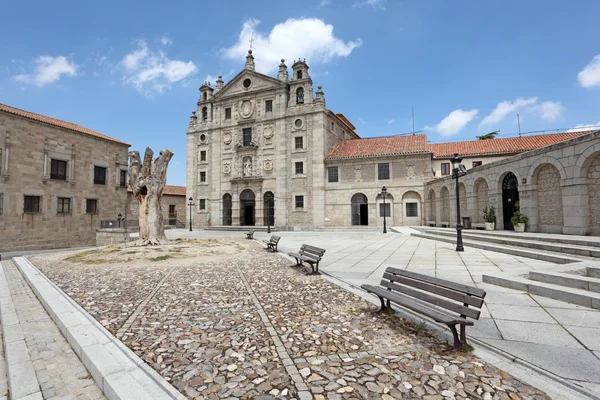
This perfectly preserved rectangular town in southern France was built from scratch by Louis IX as a port for launching crusades to the Holy Land. The walls form a complete rectangle with towers at regular intervals, creating one of the most geometrically perfect examples of medieval military planning.
The surrounding landscape has changed dramatically since medieval times, leaving the town several miles inland from the Mediterranean coast it once defended.
Avila, Spain
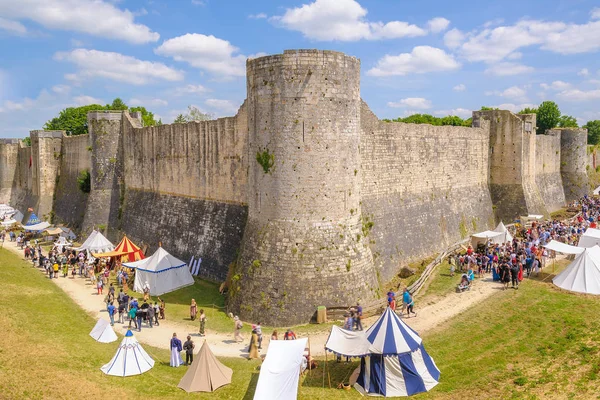
The walls of this Castilian city represent the finest and most complete medieval fortifications in Spain, stretching for over a mile with 88 towers. Nine gates pierce the walls, each one a masterpiece of medieval engineering designed to funnel attackers into kill zones.
The cathedral itself forms part of the eastern wall, showing how religious and military architecture merged in medieval Spain.
Provins, France
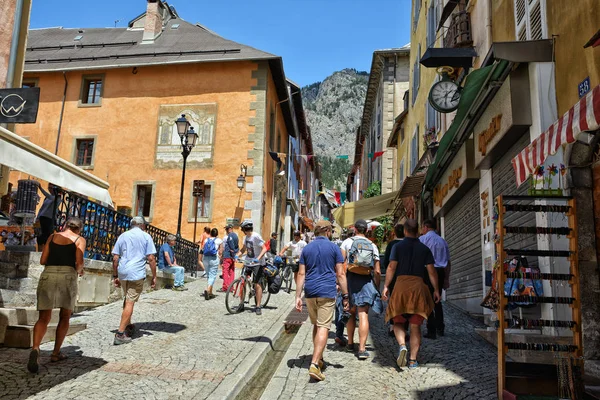
This former trading center, located southeast of Paris, retains significant portions of its medieval walls, along with the famous Tour César, which dominates the upper town.
The fortifications protected one of medieval Europe’s most important commercial fairs, where merchants from across the continent gathered to trade everything from English wool to Eastern spices. The walls and gates still channel visitors through the same routes that medieval merchants and pilgrims once followed.
Like Travel Pug’s content? Follow us on MSN.
Briançon, France
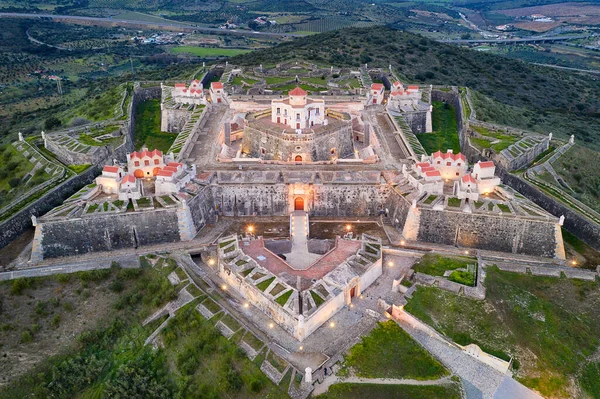
Sitting at over 4,300 feet elevation in the French Alps, this fortified town claims to be the highest city in Europe. The medieval walls were extensively modified by the renowned military engineer Vauban in the 17th century, resulting in a unique blend of medieval and baroque fortification techniques.
The mountain setting provides natural defenses that the walls enhance rather than replace.
Elvas, Portugal
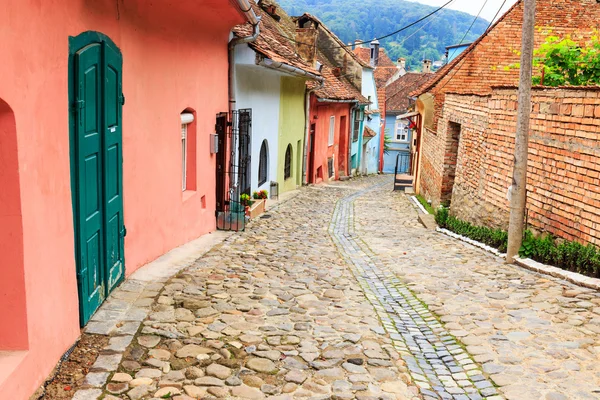
This border fortress town contains the largest bulwarked dry ditch system in the world, though its medieval core preserves much older defensive walls. The fortifications evolved over centuries as military technology advanced, creating layers of defenses from different eras.
The medieval walls at the town’s heart represent just the oldest layer of what became one of Europe’s most complex fortress systems.
Sighișoara, Romania
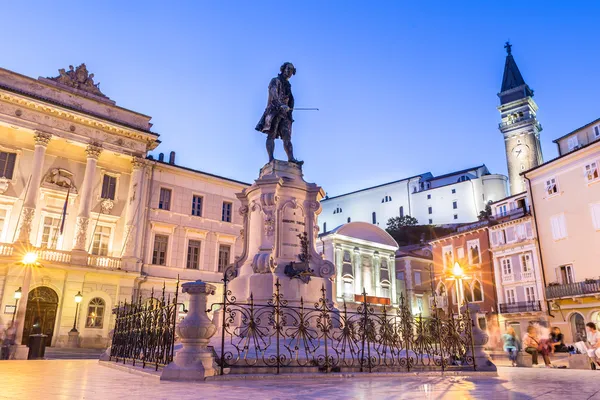
This Transylvanian hill town preserves not just its medieval walls but an entire medieval urban landscape that UNESCO recognizes as the best-preserved inhabited medieval town in Europe. Nine towers remain from the original 14 that once defended the Saxon merchants who built this commercial center.
The Clock Tower serves as the main entrance through walls that still completely encircle the upper town.
Like Travel Pug’s content? Follow us on MSN.
Piran, Slovenia
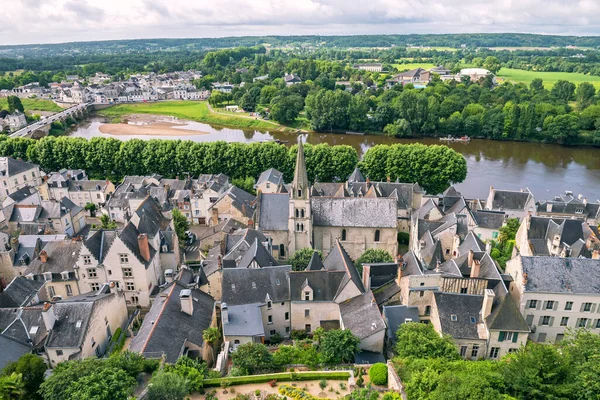
This Adriatic coastal town squeezes within medieval walls that follow the natural contours of a narrow peninsula jutting into the sea. Venetian influence shaped both the architecture and the fortification style, creating walls that seem to grow organically from the rocky coastline.
The compact size allows you to explore the entire walled area in a couple of hours, while enjoying stunning sea views.
Chinon, France
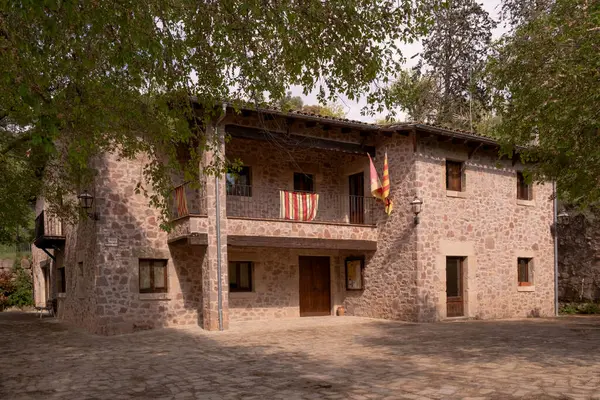
This Loire Valley town spreads along the river beneath a massive fortress, with medieval walls that once connected the castle to the riverside settlement. The fortifications protected a town that played a crucial role in both English and French medieval history, including Joan of Arc’s first meeting with the future Charles VII.
Substantial sections of the medieval town walls remain, though the riverside location meant they faced more flood damage than hilltop fortifications.
Mura, Spain
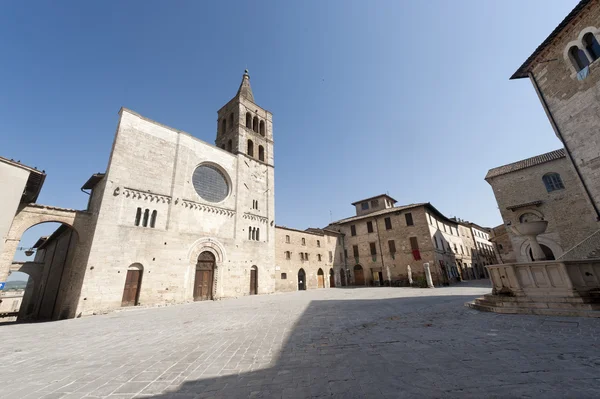
This tiny Catalan village, located near the French border, maintains its medieval walls in almost completely intact condition, creating one of Spain’s most perfectly preserved fortified settlements. The walls follow the natural contours of a hilltop site, enclosing narrow streets that have changed little since medieval times.
With fewer than 300 residents, Mura offers an intimate experience of medieval village life without tourist crowds.
Like Travel Pug’s content? Follow us on MSN.
Bevagna, Italy
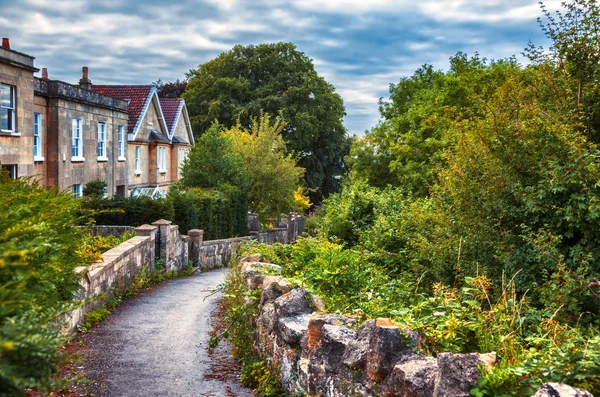
This Umbrian hill town preserves substantial sections of its medieval walls, along with Roman foundations that demonstrate how fortifications evolved over the centuries. The walls enclose a medieval center that seems frozen in time, with stone buildings and narrow streets that create an atmosphere of medieval authenticity.
The town’s location off major tourist routes means the medieval walls still serve their original purpose of defining community boundaries.
Stone Guardians of Living History

Medieval walls that once defended against invading armies now protect something far more precious—authentic pieces of European heritage that rapid modernization threatens to erase everywhere else. These stone fortifications have become accidental preservationists, creating boundaries that prevented the urban sprawl and architectural hodgepodge that transformed most European settlements beyond recognition.
What began as purely military engineering has evolved into cultural treasure vaults where narrow medieval streets, ancient building techniques, and traditional ways of life survive within protective stone embraces. The walls that once kept enemies out now keep the modern world at bay just enough to let visitors experience the rhythm and scale of medieval life.
These villages prove that the strongest fortifications aren’t always the ones that resist change, but rather those that carefully choose which changes to allow inside their ancient gates.
More from Travel Pug

- 20 Best Beach Towns in the Carolinas
- 13 Destinations Where Tourists Regularly Regret Their Trip
- 20 Things You Actually Get in First Class
- 20 Small Airports With Aviation Museums
- 20 Places in the U.S. That Are Perfect for a Reset Trip
Like Travel Pug’s content? Follow us on MSN. content? Follow us on MSN.
